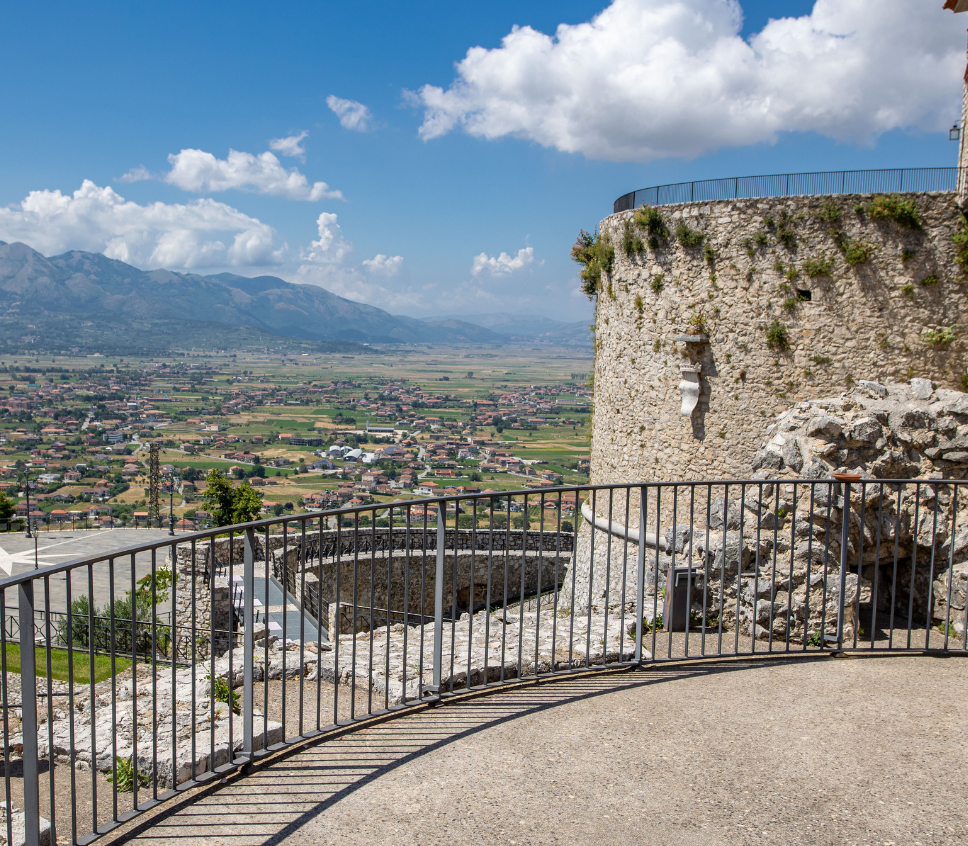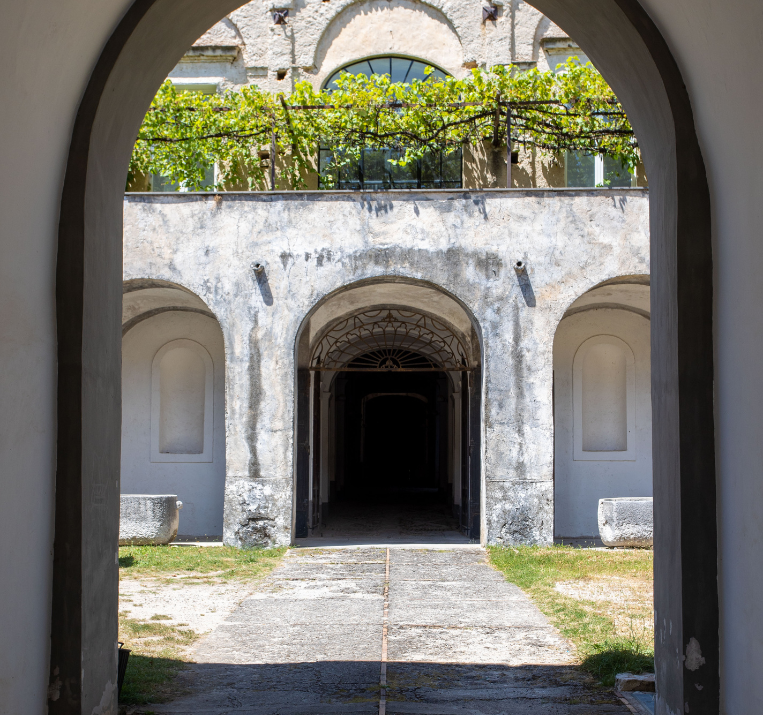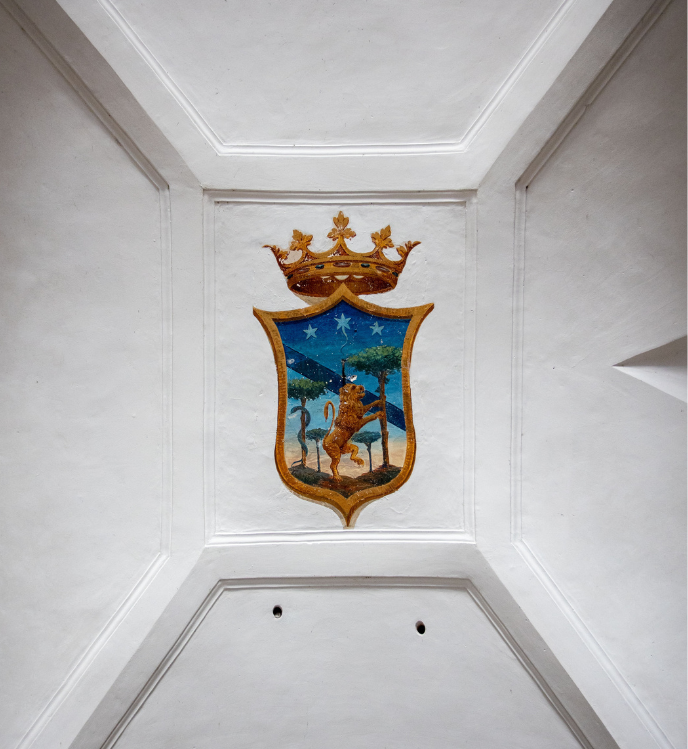CAR
Via A1/E45 take the Sala Consilina exit. Proceed taking Via Ponte Mesole, Via Codaglioni and Via Provinciale del Corticato/SP11i in the direction of Via Pomponio Leto in Teggiano
Piazza Portello, 84039 Teggiano SA

Via A1/E45 take the Sala Consilina exit. Proceed taking Via Ponte Mesole, Via Codaglioni and Via Provinciale del Corticato/SP11i in the direction of Via Pomponio Leto in Teggiano
Sita Sud 001 line "Sala Consilina-Polla-Eboli-Battipaglia"
Baltour-Sena-Eurolines Company
Curcio Viaggi Company
Gambioli Autolinee Company
The route includes a change, with a final stop in Sala Consilina, and then continues on foot to Teggiano
The Macchiaroli Castle, located in the museum town of Teggiano, built in the Norman era is one of the most important castles in southern Italy. It belonged to the princes of Sanseverino and was the site of important historical events such as the “Congiura dei Baroni” in 1485. Subsequently, over the centuries, it changed its role, passing from being a bellicose fortress to a peaceful feudal residence, succeeding various owners until 1860, when the monumental structure was bought by the Macchiaroli family, who still own it today.
The oldest records of the castle until 1862 are contained in a privilege dated 27 May 1405. With it, King Ladislaus of Durazzo granted the people of Diano - who had undertaken, in compliance with a royal decree, the renovation of the castle with the construction of a large tower - tax relief and a financial contribution due from the towns and hamlets of the Vallo di Diano in proportion to the number of inhabitants. In that year, the fief of Diano belonged to the royal domain, having been confiscated by Ladislaus from the Sanseverino counts of Marsico, together with other towns and lands under their dominion, to punish them for having been his enemies, i.e supporters of the Angevins of Provence.
For his mighty defences, Antonello chose Macchiaroli Castle as his last bastion. In 1497, imprisoned in it, he besieged King Frederick of Aragon, who had come with his army to overthrow the rebel Prince of Salerno. For about two months, the fortress of Diano was impregnable, also thanks to the strenuous defence of the people of Diano. However, with the arrival of another military contingent under the command of Gonsalvo Fernandez de Cordoba, Antonello surrendered under honourable conditions. Thus ended the warlike period of Diano Castle. The last scion of the Sanseverino family, the restless Ferrante, was overwhelmed by the anti-baronial policy of Viceroy Don Pietro of Toledo, losing his fiefs and died out in 1552.
Today, after major restoration work that made it possible to restore its ancient war trenches and relive the majesty of its towers, it has been enriched in its furnishings and decorations with an elegant and refined style, making it a setting for weddings and parties.




